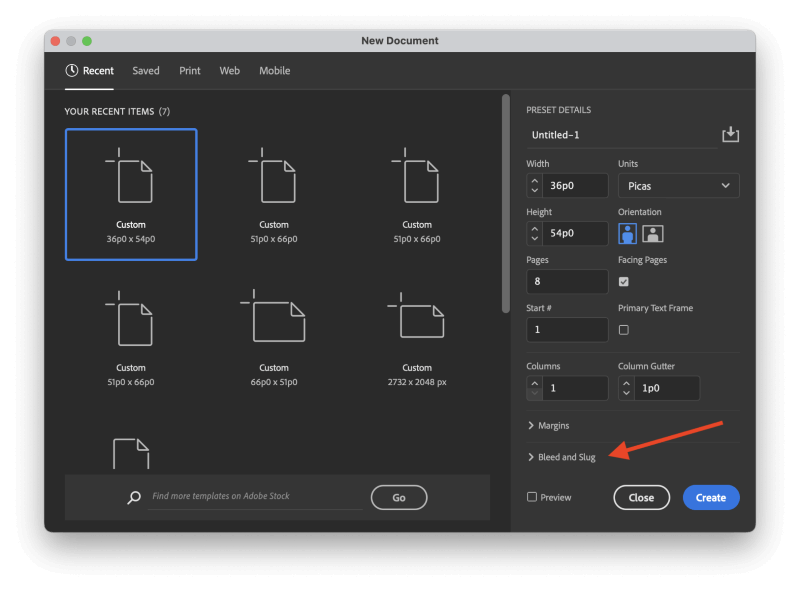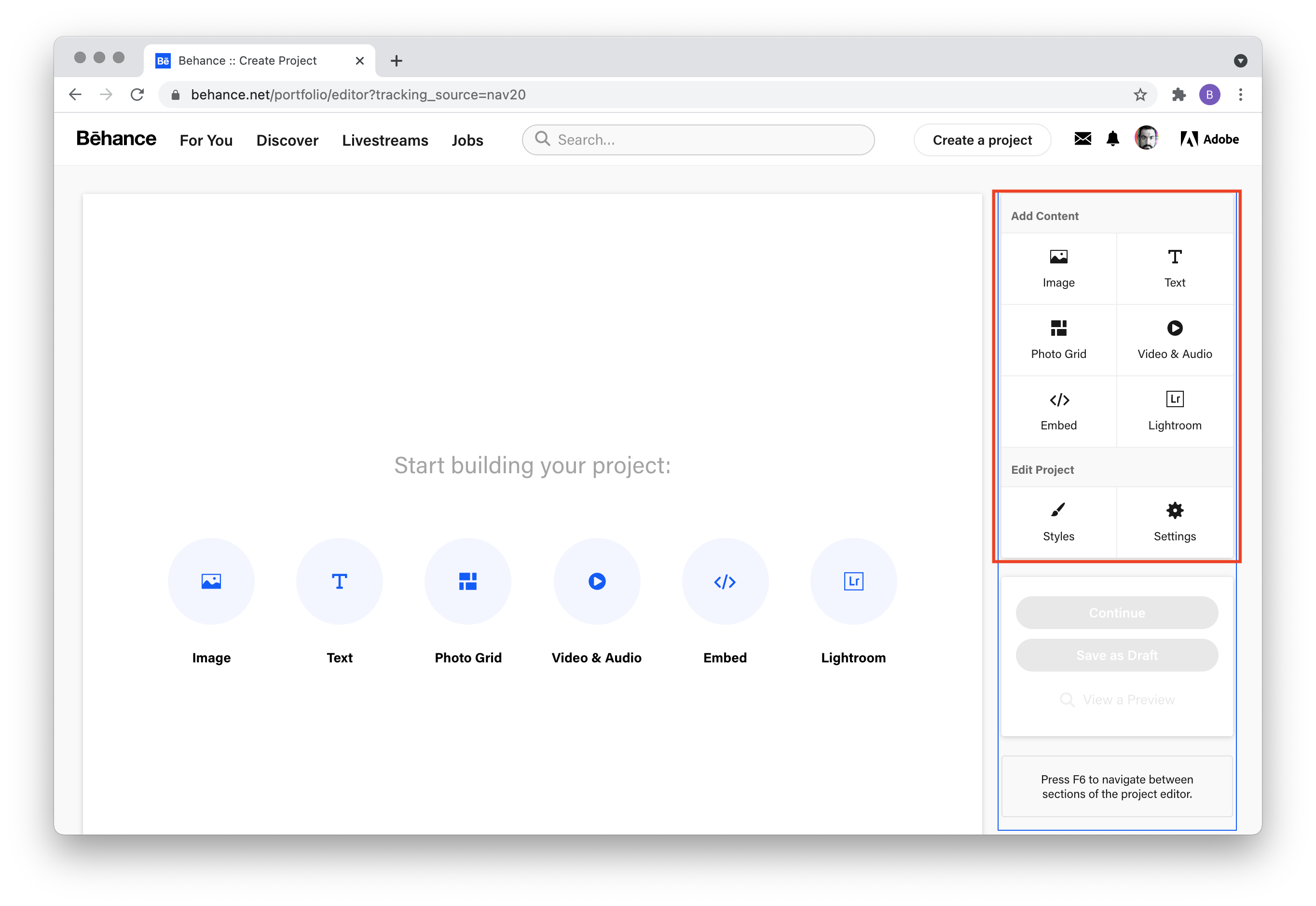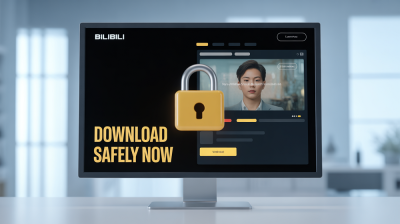Changing your Behance web slug might seem like a small detail, but it can have a significant impact on how your profile is perceived and how easily it can be shared. A web slug is essentially the unique part of your URL that identifies your profile or project. In this guide, we'll walk you through the importance of web slugs and how to change yours effectively to better reflect your artistic identity.
Understanding Behance Web Slugs

Before diving into the process of changing your web slug, let's clarify what a web slug actually is. In simple terms, a web slug is the portion of your URL that comes after the main domain. For instance, if your Behance profile URL is behance.net/username, then "username" is your web slug. It not only helps identify your profile but also plays a crucial role in search engine optimization (SEO) and user recognition.
Here are some key points to understand about web slugs:
- Uniqueness: Each web slug must be unique to avoid confusion among users and ensure that your profile is easily accessible.
- SEO Impact: A well-chosen slug can improve your visibility on search engines, making it easier for potential clients or collaborators to find you.
- Branding: Your slug should resonate with your brand identity. It’s an opportunity to showcase your creativity, so consider using your name or a catchy phrase that reflects your work.
- Character Limits: Keep in mind that there are typically character limits for slugs. Aim for a concise and memorable format.
Understanding these elements will not only help you choose an effective web slug but also enhance your overall online presence on Behance.
Also Read This: How to Upload a Portfolio on Behance: A Complete Guide for Creatives
Steps to Change Your Portfolio’s URL Slug

Changing your Behance portfolio's URL slug is a straightforward process that can significantly enhance your portfolio's accessibility and branding. Follow these simple steps to get started:
- Log In to Your Behance Account: First, you need to log in to your Behance account. Make sure you have your credentials handy!
- Access Your Portfolio Settings: Once logged in, navigate to your profile. Click on your profile picture in the upper right corner and select "Settings" from the dropdown menu.
- Locate the Portfolio URL Section: In the settings menu, find the section titled "Portfolio URL." This is where you can edit your current slug.
- Edit Your Slug: You'll see your current URL slug displayed. Click the edit button next to it. Enter your desired slug, making sure it’s unique and relevant to your work.
- Save Your Changes: After entering your new slug, double-check for any typos, then hit the save button. Your portfolio's new URL slug is now live!
Remember, changing your slug may affect existing links to your portfolio, so consider informing your audience about the update.
Also Read This: How to Make Your Project Public on Behance and Showcase Your Work
Tips for Choosing an Effective Slug
Choosing the right slug for your Behance portfolio is crucial for branding and searchability. Here are some tips to help you craft an effective URL slug:
- KISS - Keep It Short and Simple: A shorter slug is easier to remember and share. Aim for a phrase that succinctly summarizes your work.
- Use Keywords: Incorporate relevant keywords that reflect your niche or the kind of projects you showcase. This can improve search engine visibility.
- Avoid Numbers and Special Characters: Stick to letters and hyphens. Numbers and special characters can make the URL look cluttered.
- Make It Memorable: Choose a slug that resonates with your brand. Something catchy can leave a lasting impression on potential clients or collaborators.
- Think Long-Term: Consider how your work might evolve. Select a slug that will still be relevant as you expand or shift your focus.
By following these tips, you can create a URL slug that not only represents your work but also enhances your online presence!
Also Read This: Understanding the Age Requirements to Use Behance
Common Mistakes to Avoid
Changing your Behance web slug might seem straightforward, but there are some common pitfalls that can trip you up. Let’s explore these mistakes so you can avoid them and ensure a smooth transition.
- Not Checking Availability: Before you settle on a new slug, always check if it's available. You might have a great idea, but if someone else is using it, you'll have to start over.
- Neglecting SEO Considerations: Your slug is an essential part of your URL and impacts how search engines view your work. Avoid generic terms; instead, use relevant keywords that reflect your brand or project.
- Ignoring Consistency: If you have multiple platforms, ensure your slug is consistent across them. This helps in brand recognition and makes it easier for your audience to find you.
- Overcomplicating the Slug: Keep it simple! A complicated slug can confuse visitors. Aim for clarity and ease of understanding. Short, memorable slugs often work best.
- Forgetting to Update Links: After changing your slug, don't forget to update any external links pointing to your original slug. This includes social media profiles, resumes, or anywhere you've shared your work.
Conclusion
Changing your Behance web slug can be a game-changer for your online portfolio. It’s an opportunity to reflect your evolving brand, improve your SEO, and make it easier for clients and collaborators to find you. Remember, taking the time to choose a meaningful, memorable slug can positively impact your visibility and professionalism.
So, next time you think about updating your slug, keep these tips in mind:
- Check availability and avoid duplicates.
- Consider SEO implications.
- Maintain consistency across platforms.
- Keep it simple and memorable.
- Update all relevant links post-change.
By steering clear of these common mistakes and following the best practices, you’ll be well on your way to a successful Behance profile that truly represents your creative journey.
 admin
admin








